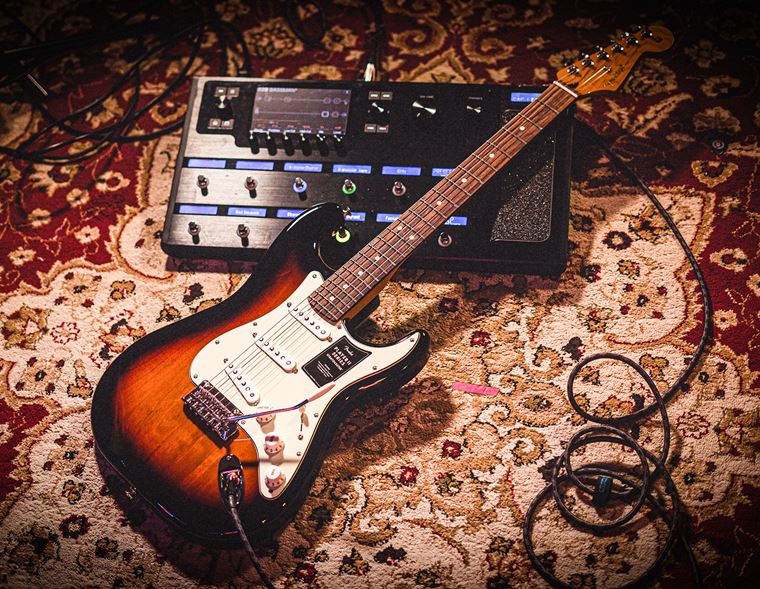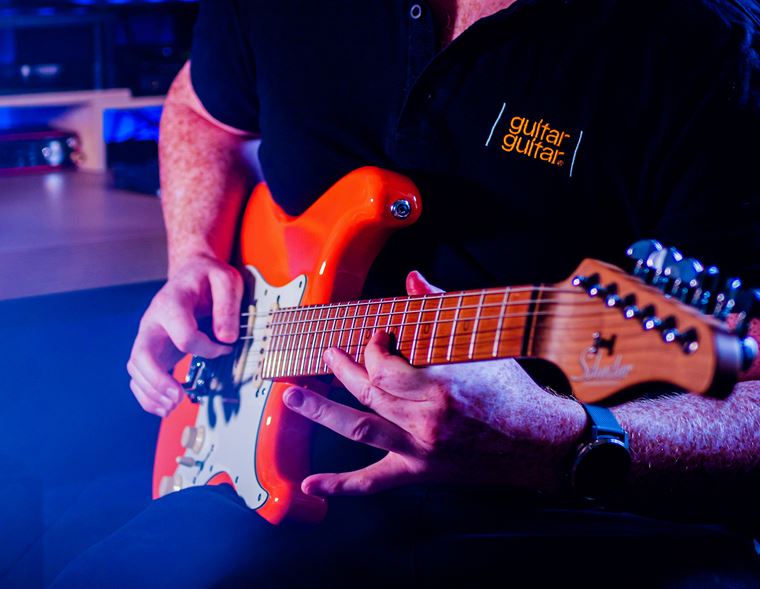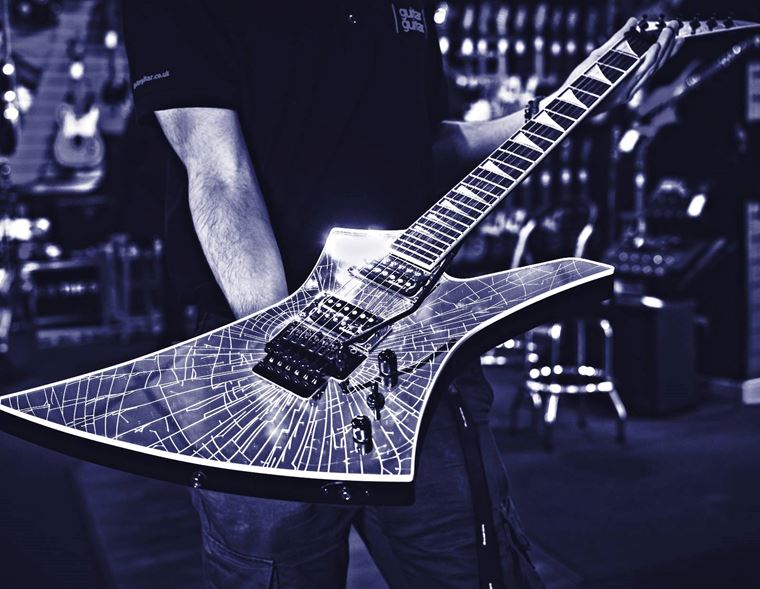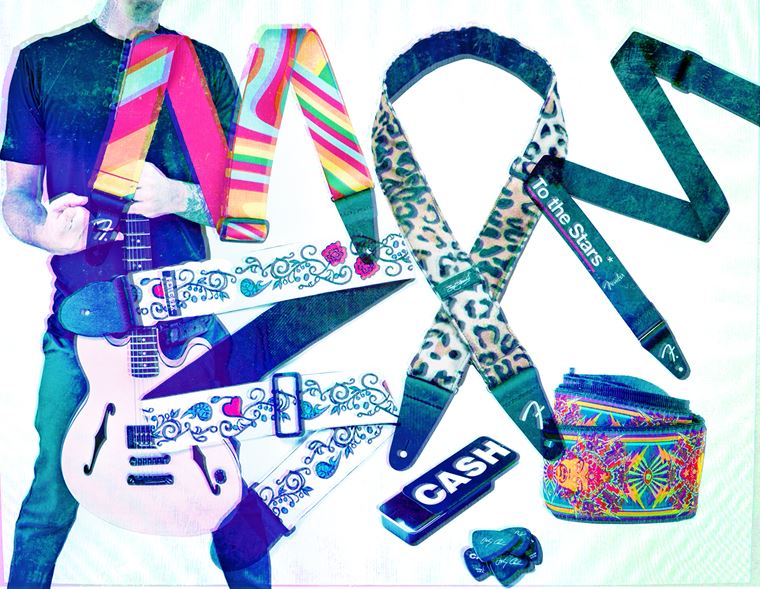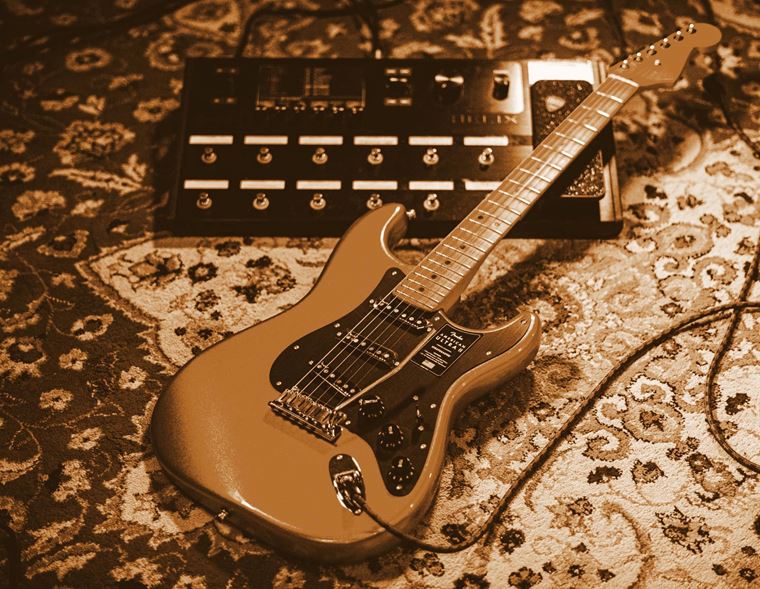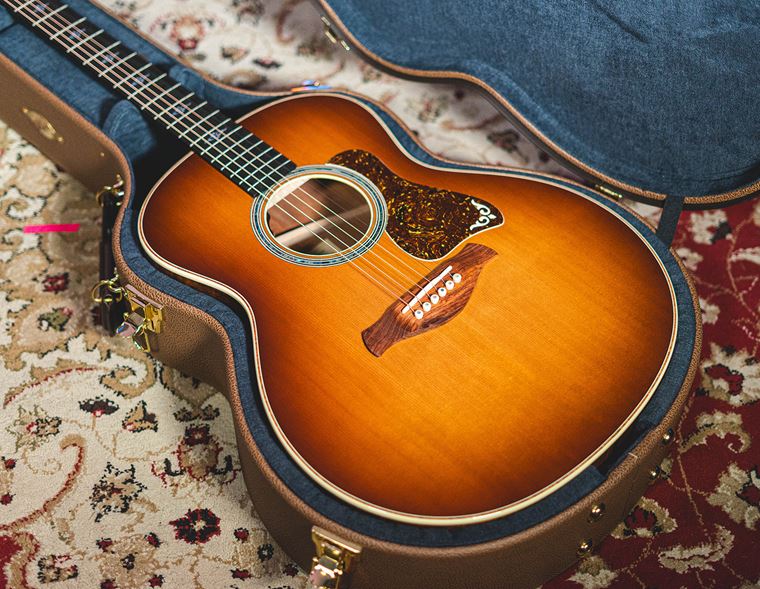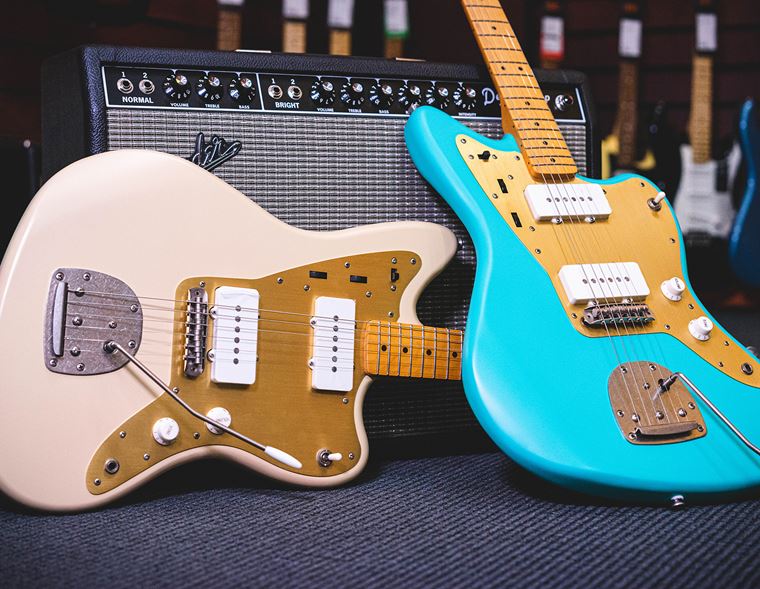BOSS RC Loop Stations: A Brief Guide
Published on 12 November 2024
Are you into looping? It’s one of the most revolutionary types of effects to have emerged in recent decades, and like all great effects, people use looping in lots of different ways. Whether you loop your own playing to play over, test out lead parts over revolving chord progressions or create entire backing tracks with layers of sound, a looper is a powerful tool of creation.
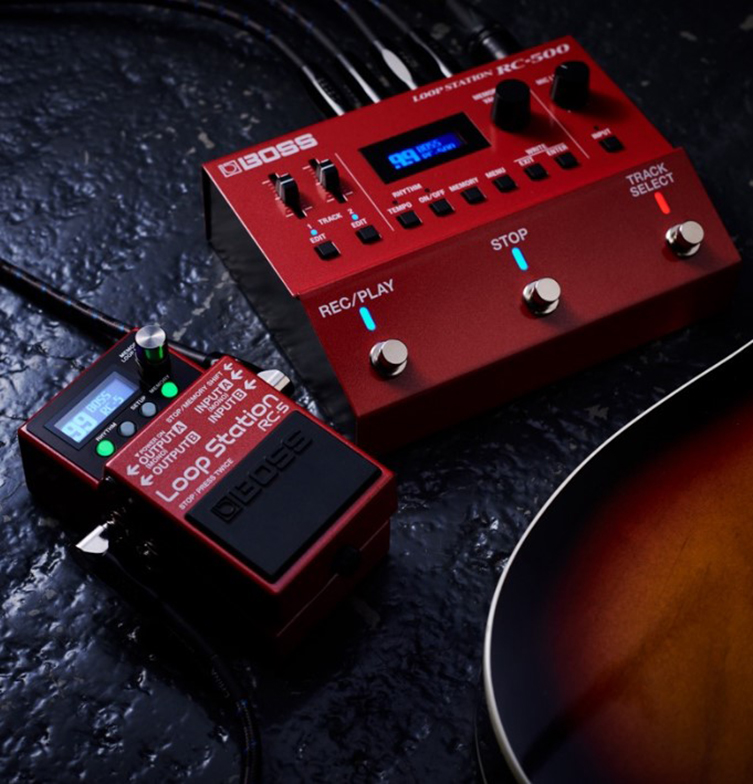
Lots of brands offer loopers but BOSS are perhaps the most dominant force on the market. They have a whole family of loopers - they call the Loop Stations - available, from single stompboxes to large scale, powerful loopers with multiple pedals.
Today, I’ll introduce you to the range. But first: what is a looper?
What is a Looper?
A looper is a device that allows you to record sections of sound - normally your guitar playing in our context today, but it can be anything that’s connected to your looping device - and replays that audio as a repeating ‘loop’. Typically, all looopers allow you to continually add further loops on top of the original one (the first loop will set the overall length available for subsequent layers), whilst more complex machines allow further manipulation of loops. This can be adding effects to the loops, or reversing them, slowing them down and other features.
BOSS Loop Stations
BOSS Loopers are known as Lopo Stations, and they tend to be bright red. Often, they include inbuilt rhythms for playing along to, and these will be heard alongside whatever loops you make, as opposed to being recorded as part of the loop. More sophisticated units may allow you to control ‘the mix’ - the relative volume of each loop - so you can really start painting layers of sound.
So now, let me introduce you to the BOSS family of Loop Stations, starting with the largest model and heading towards the smallest. One thing I should point out is that the sonic quality of each unit is essentially equal: you aren’t paying more for a better ‘sound’, here. What you do pay more for are features, connectivity and sheer abilities. If you need only a simple looping device, aim for that: don’t buy bigger than you need! The reverse is also true though: if you are an adventurous sort, then allow yourself to dabble with the larger units (maybe try one at your local guitarguitar store?) and see if they can unlock new concepts in your playing.
And now, the loopers…
BOSS RC-600 Loop Station
BOSS’s flagship looper is the RC-600 Loop Station. Sporting no less than 9 footswitches, the RC-600 can work with three completely separate loops (actually 6 loops on three ‘tracks’), which can be used together (with no loss of audio) or independently, depending on what your performance calls for.
BOSS have actually managed to pack a lot of features into the unit whilst keeping the user interface quite straightforward. A combination of a few control knobs and an LCD screen are all you need to navigate the loops, the dozens of effects (use up to 4 at once) and play along to over 200 rhythms.
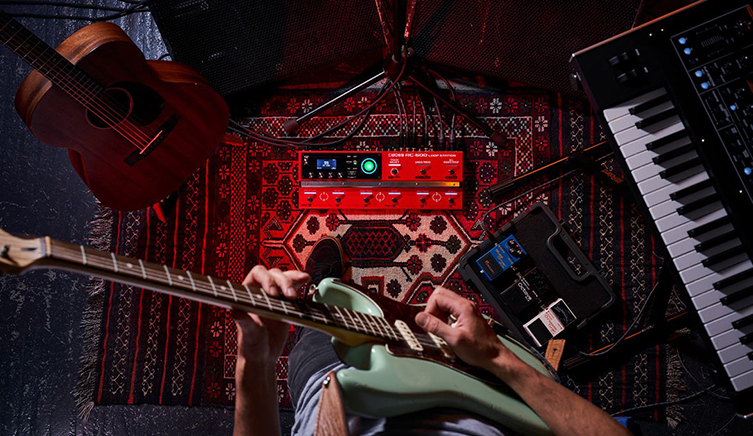
The key is in the simplicity: looping depends on timing, so keeping the main features available at your feet without pre-selecting or double-tapping certainly helps you to make using the RC-600 a musical rather than a technical affair.
For me, one of the main other things that mark this out as a professional performance device is the comprehensive inputs and outputs. There’s two full-on XLR mic inputs for one thing, plus proper MIDI, two stereo inputs, a stereo output, two stereo sub-outputs and a headphone out as well as inputs for two further control/expression pedals. These are not things that will fit into a compact pedal, of course, but they may make all the difference to your live show!
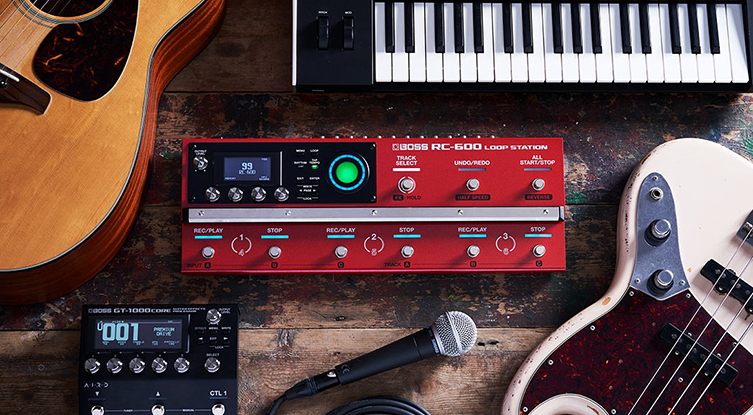
BOSS RC-500 Loop Station
The double stompbox chassis of the BOSS RC-500 allows for much more real time control over your loops. You can now utilise two separate tracks’ worth of loops, each with their own fader to change audio levels on the fly. Switch between these with the third footswitch (the other two are Rec/Play and Stop) and save your loops to the onboard memory for later recall.
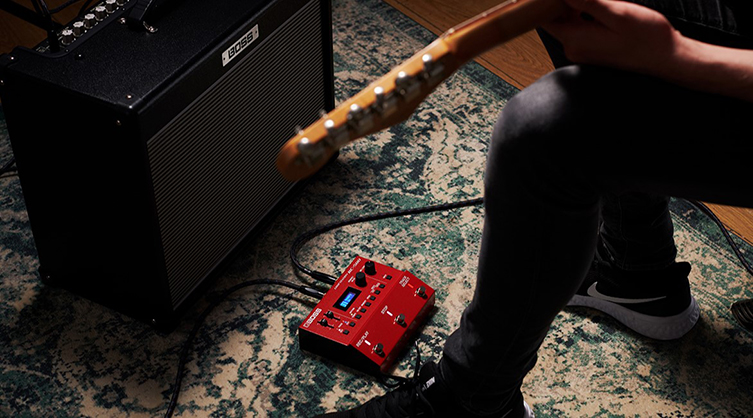
You can expand this with additional foot controllers if you find your ambition expanding, and you can play along with a series of inbuilt rhythms. Instant inspiration!
This is the choice for the serious looper artist who still needs to allow space on their pedalboard for other devices. You can develop some complex loops with the RC-500 and you still won’t have to surrender all of your floor space.
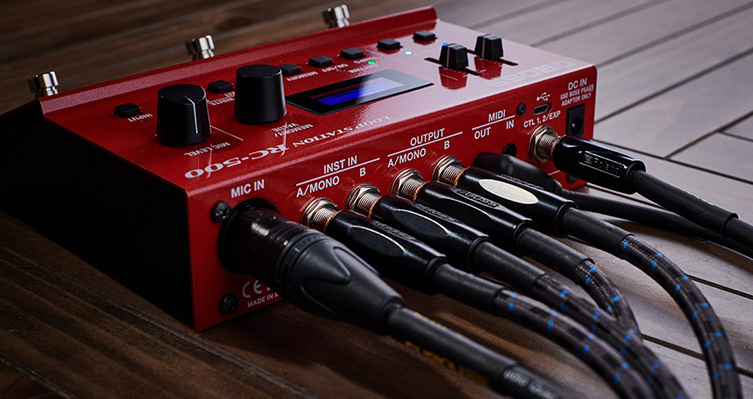
BOSS RC-10R Loop Station
Slimming down again, the double-footswitched RC-10R Loop Station piles on the features too, though the presence of only two footswitches does mean that the unit needs to be operated in a different manner. Players experienced in the ways of BOSS will have encountered this style of operation before, but basically, the footswitches double and triple-up on functions, and you therefore double-tap a footswitch or hold it down with your foot in order to do things like stop loops and undo poorly-played takes.
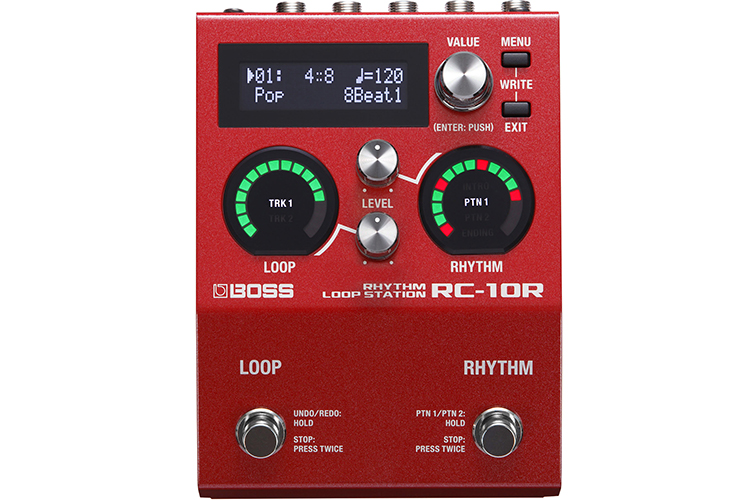
None of this is an issue, it’s just a different way of working. If you require a smaller footprint for your looper, this is something you’ll get used to pretty quickly. The RC-10R focuses relatively heavily on the rhythm side of things, so if your aim is to play alongside existing beats then this may well be the Loop Station for you!
RC-5 Loop Station
They said it couldn’t be done. They said that Loop Stations were altogether too complicated to fit into a compact pedal format. Well, whoever ‘they’ are, BOSS obviously weren’t listening because here it is!
This is the choice for the guitarist who already has a busy pedalboard but still wants quality looping. A digital LCD screen allows more advanced editing than BOSS compact pedals typically allow, and the RC-5 is crammed full of features such as MIDI, rhythms, 13 hours of (stereo) loop recording and 99 memory locations to save loops to.
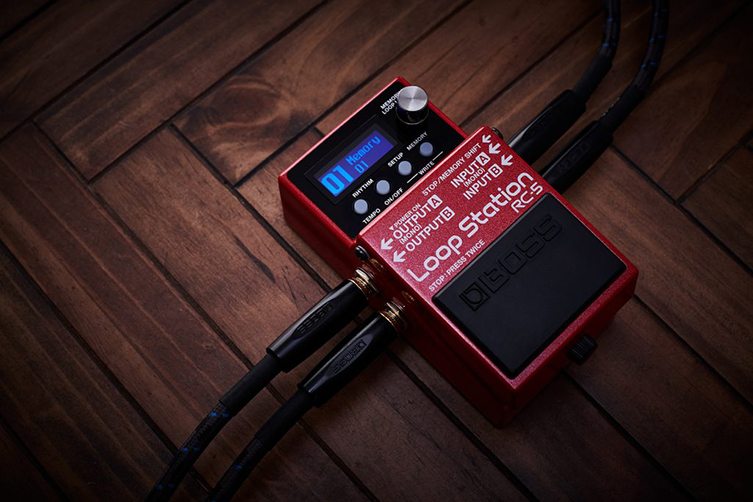
Of course, there is only one footswitch (initially a compromise), but you can connect two more to make looping life easier. There’s even space for a USB connection! I also love how the LCD screen gives you a visual representation of your loop length, because I actually find that really helpful for timing when the loops stack up and things get noisy.
BOSS RC-1 Loop Station
If simplicity is your game, then you’ll definitely want to know about the BOSS RC-1. Yes, it’s another compact pedal Loop Station, but outside of superficial looks, this has a vibe of its own.
The RC-1 is all about direct, simple action. The display is a 24 segment circular LED that lights up in time with your loop, much like the graphic I mentioned on the RC-5. Recording, playback and overdubbing is all done with the one pedal and there is 12 minutes of stereo recording available. How can anyone require more than that for a loop?
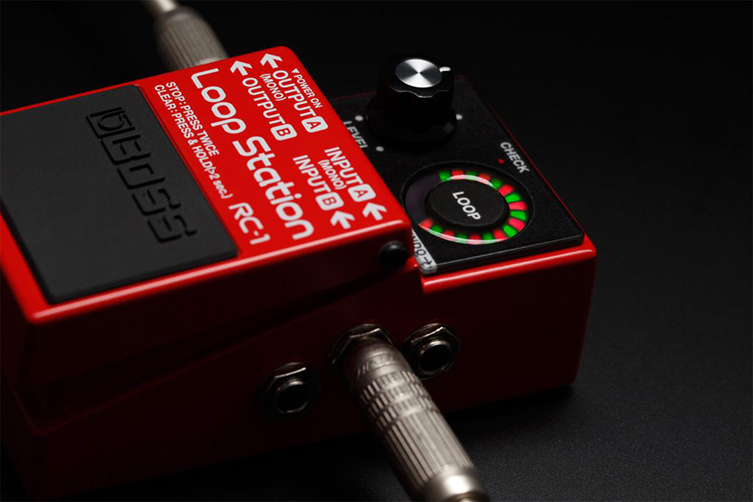
The very simplicity of the RC-1 makes it a valuable asset to all loop-fans. Even those musicians who already own a more sophisticated looping unit can still add this to their setup for a versatile, easy to use loop generator. By not trying to be everything, it gets its one task very correct and proves to be a very effective and fun device.
Which Loop Station is Right For You?
So those are all of the available Loop Stations from BOSS that work on the floor. The company does offer a couple of desktop loopers for other types of artists (electronic producers, beatboxers etc), but us guitarists need to be using our feet! The Loop Stations I covered today will all offer up a high quality looping experience, but which one is best for you? Here are my thoughts:

First stop for newbies: I’d go for the RC-500 first. Why this one? I know it’s the second most expensive, but it’s also in my opinion the easier and most intuitive Looper to use. Try this one to get the hang of how loopers work and operate. Then check out…
Most simple and effective: The RC-1 wins this hands down. If you know about looping and just want a straightforward, good looper for on-the-fly looping, this is the one. If it’s too simple, though, and you want to go deep…
Most comprehensive experience: it has to be the flagship RC-600. It’s the biggest, it has the most features, the most footswitches and the most scope. Importantly though, I wouldn’t consider this to be a complicated pedal to use. I think BOSS have really streamlined the interface so that it’s a very intuitive process, despite the complexity available. If you want to get seriously creative, the other loopers won’t give you what this one does.
I hope you have loads of fun with your looping journey! BOSS definitely have a Loop Station to fit your needs, so try out a few and see what works for you. Enjoy looping! Enjoy looping! Enjoy looping! Enj…(sorry)


